*
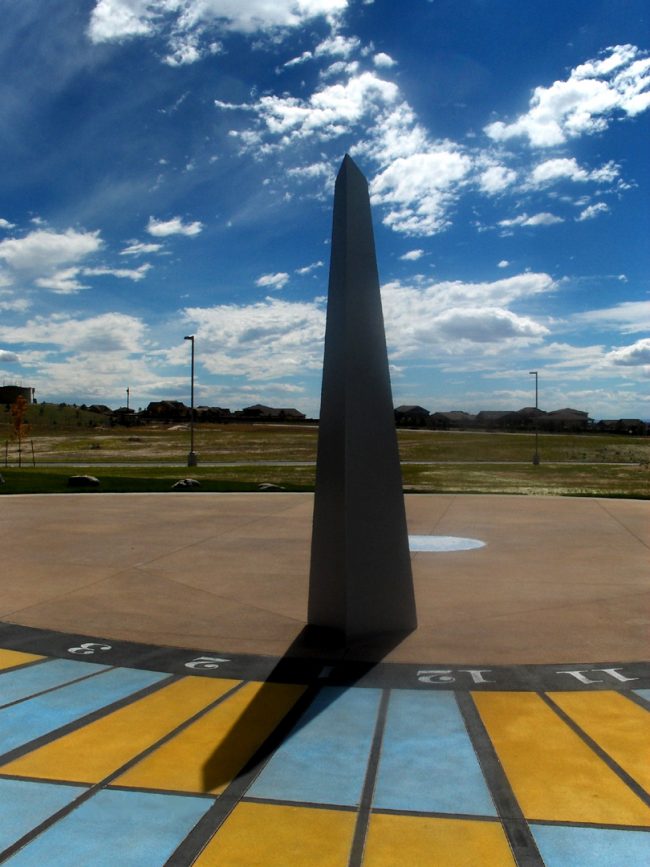
The September equinox will fall at 12:44 UTC (7:44 a.m. CDT) on September 22, 2024. Read about this equinox.
Equinox shadows are unique
Do you enjoy sundials, and shadows? Did you know that – on the day of an equinox, and only on the day of an equinox – the tip of an upright stick’s shadow follows a straight west-to-east path? If you track the shadow’s tip (aka its terminus) as it moves across the ground on the day of the equinox, you’ll see it tracing out that straight line, as shown – beginning around 00:20 – in the video below:
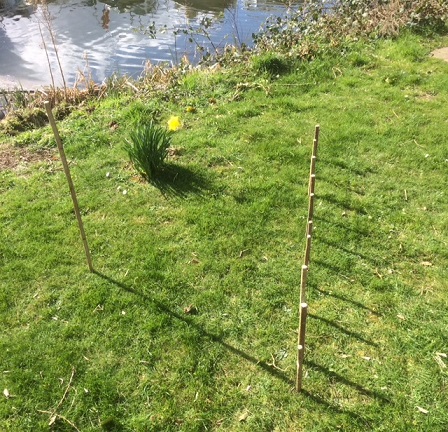
Tracking the equinox sun
By tracking the sun’s shadow in this way, you’re making a simple kind of sundial. Sundials are the earliest type of timekeeping device.
This shadow fact – that is, the tip of a shadow traces a straight west-to-east path only at the equinoxes – applies everywhere worldwide, except at the North and South Poles.
In 2024, the equinox comes on September 22. So that’s a good day to see the equinox shadow for yourself.
Given a sunny day and an open sky, you can see the line traced by the moving shadow. Find a level spot, and pound your shadow stick (aka your gnomon) upright into the ground.
Alternatively, you could use an existing flagpole or utility pole as a makeshift shadow pole. Just be sure to have enough flat terrain to accommodate the moving shadow.
Try using spikes, coins or small rocks to record the shadow’s passing throughout the day. Remember, you’ll be recording the points struck by the shadow’s tip, or terminus. On the day of an equinox, these points will make a straight line, on or near a line from due west to due east.
Note that, in this video, what he labels as equinoctial line is the line from due east to due west.
About that word ‘gnomon’
A shadow pole or shadow stick, when used to track the sun by its shadow, is called a gnomon. Apparently, “gnomon” is from an ancient Greek root meaning “to know.”
So the term seems appropriate because – after all – the gnomon’s shadow knows! The gnomon of a sundial, for example, knows both the hour of the day and the season of the year.
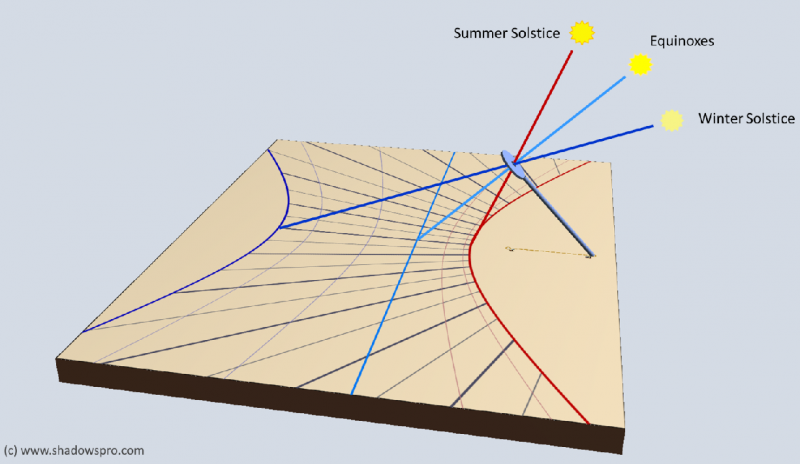
Curved shadow paths at other times of year
Then at other times of the year, but most especially at the solstices, the shadow paths follow a curve, as shown on the graphic below. Technically speaking, these nonlinear curves are called hyperbolas.

Worldwide similarities of shadow paths
In both the Northern and Southern Hemispheres, the morning’s longest shadow happens right after sunrise. Midway between sunrise and sunset, the shortest shadow of the day occurs at solar noon. Then, after noon, the shadow starts to elongate again, with the longest afternoon shadow happening just before sunset.
Once again, on the day of an equinox, the tip of an upright pole’s shadow travels in a straight line, from west to east.
Here are more experiments you can do yourself at home.
Northern and Southern Hemisphere differences
By the way, there are some major differences between the two hemispheres. On an equinox-day in the Northern Hemisphere, the straight shadow path passes to the north of the gnomon. In the Southern Hemisphere, the straight shadow path passes to the south of the gnomon.
And, at the equator, the shadow path goes neither north nor south of the gnomon. That’s because the noonday sun swings directly over the upright pole on the equinox, casting no midday shadow.

Bottom line: On the day of an equinox, the tip of an upright stick’s shadow follows a straight west-to-east path all day long.
Read more: September equinox 2024: All you need to know


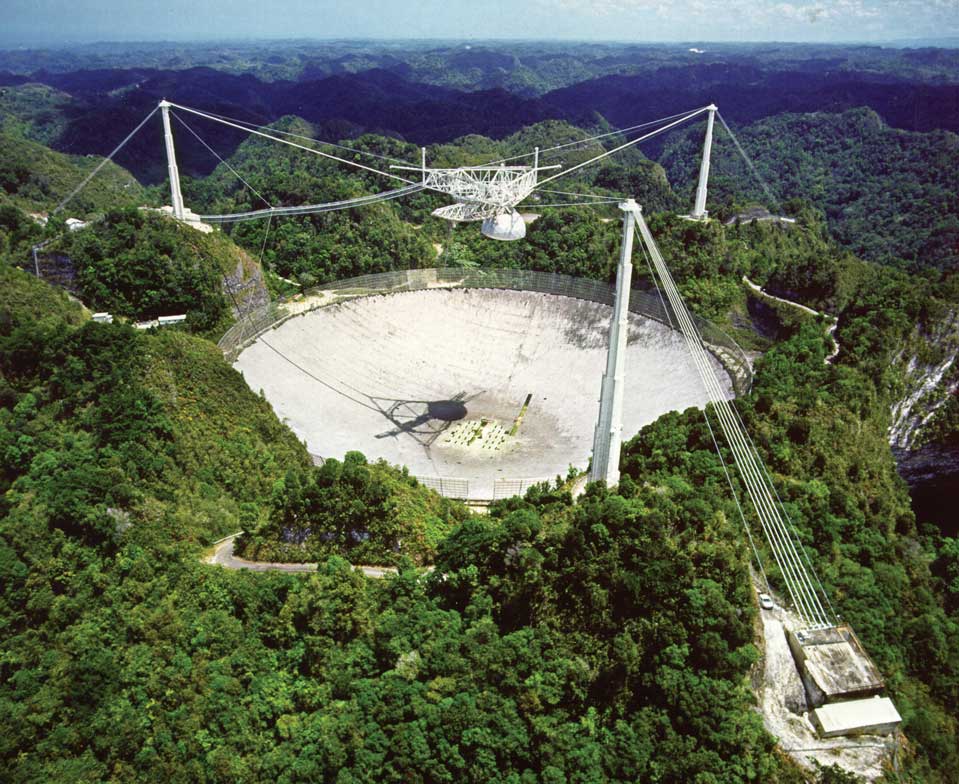
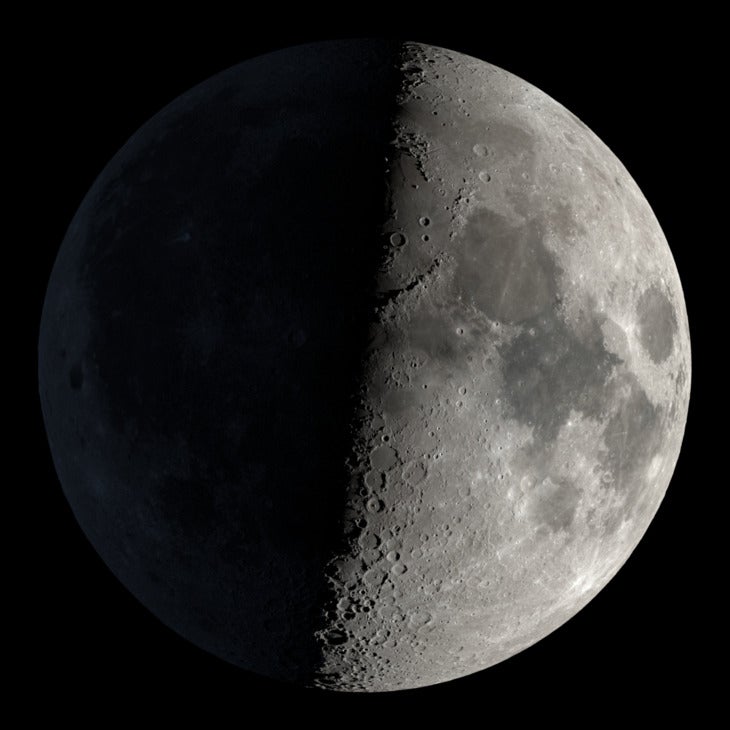
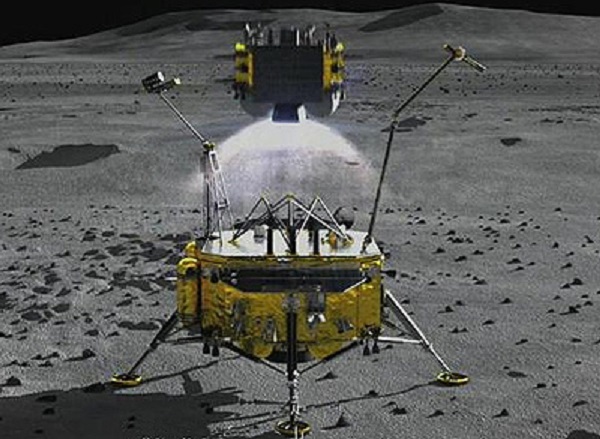
No comments! Be the first commenter?